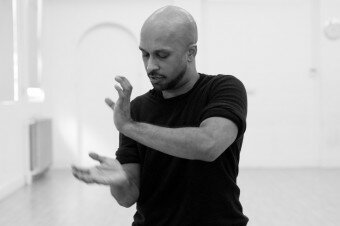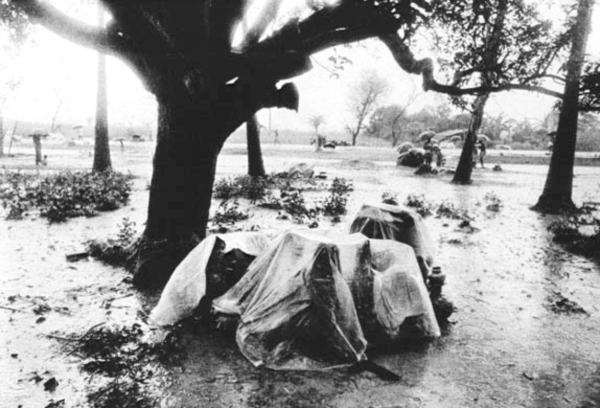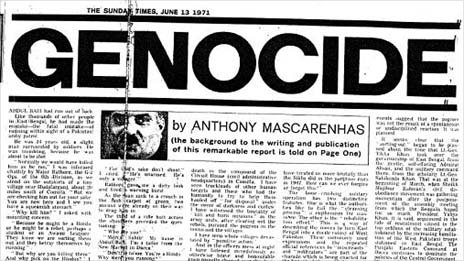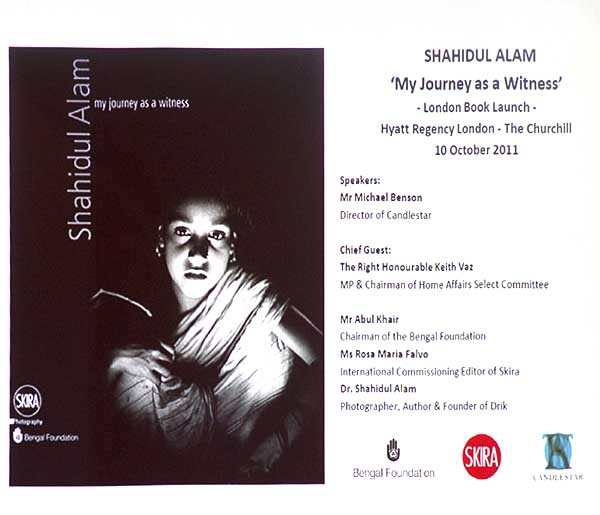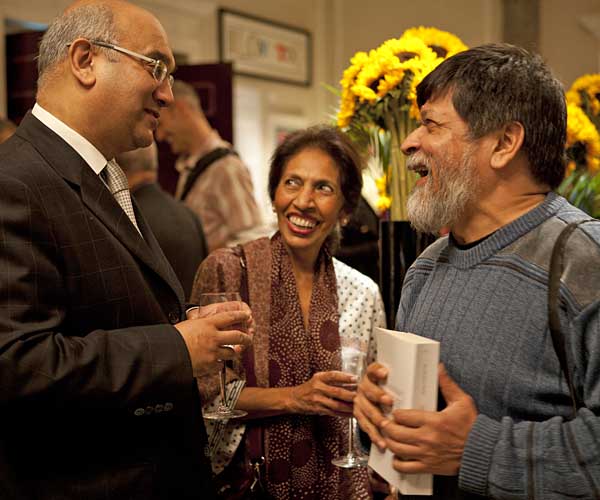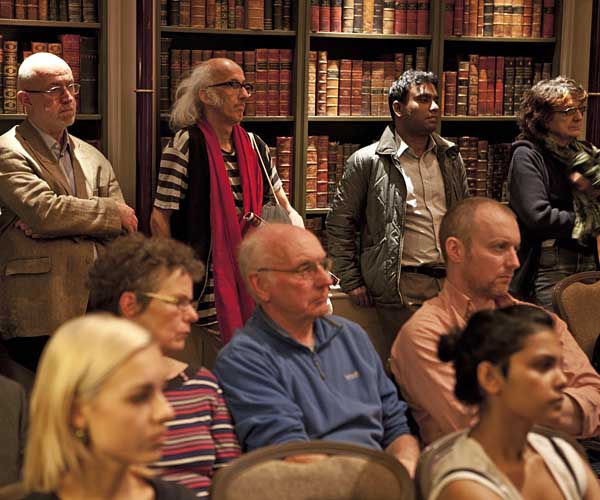The Jamaat?s worldview is antithetical to the kind of nation Bangladeshis have repeatedly wanted to build
By?Salil Tripathi?First Published in Live Mint:?Wed, Mar 13 2013

Bangladeshi police detain a supporter of the opposition Bangladesh Nationalist Party during a protest in Dhaka. Photo: AFP
I write this column with some regret. As a college student, among the bylines I grew up admiring was that of S.N.M. Abdi, who was a young reporter in the late 1970s, and exposed one of the most horrendous examples of police brutality in post-independence India?the blinding of undertrial prisoners in Bhagalpur in Bihar. Some politicians defended that barbarism, saying the practice had ?social sanction?. But Abdi rightly focused on the atrocity, stirring the nation?s conscience, which was at that time still reeling from the effects of the emergency. Continue reading “Playing ball with the Jamaat”





